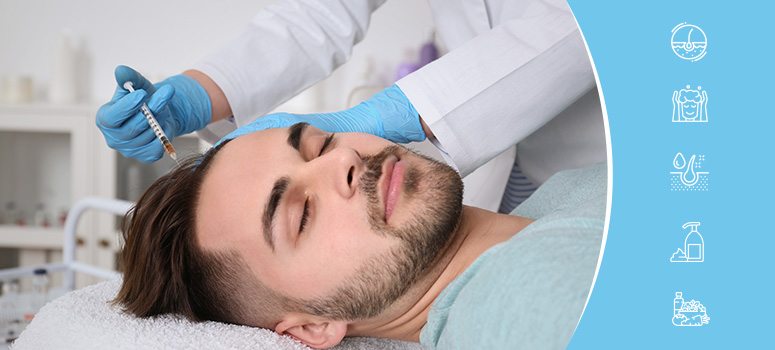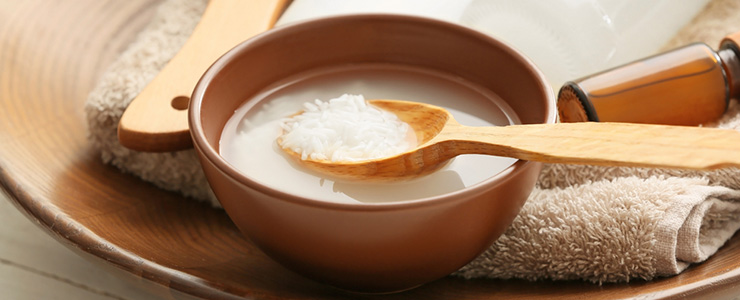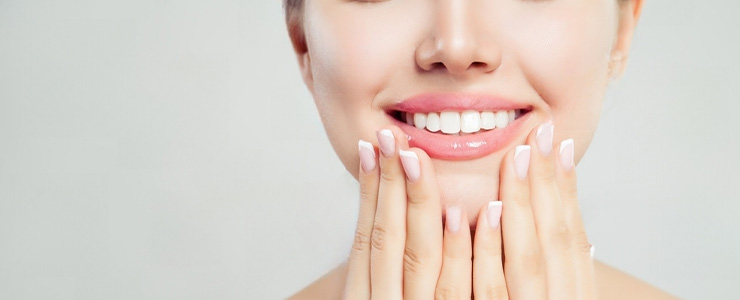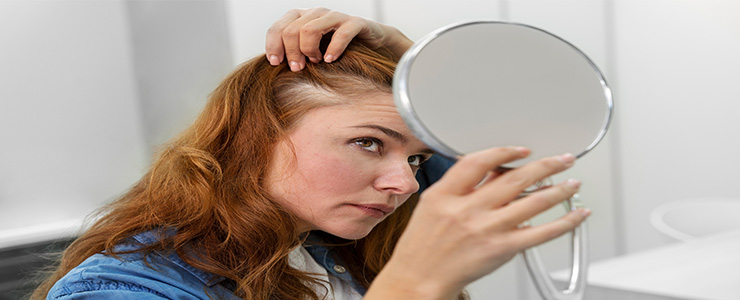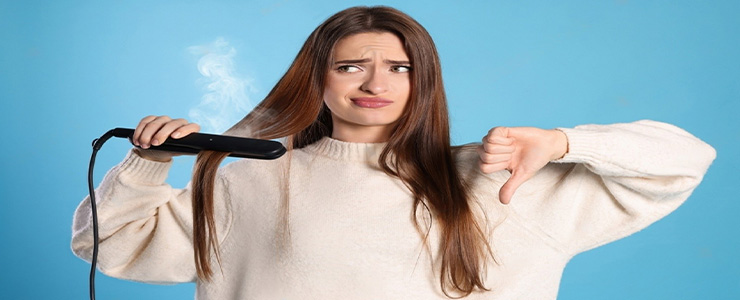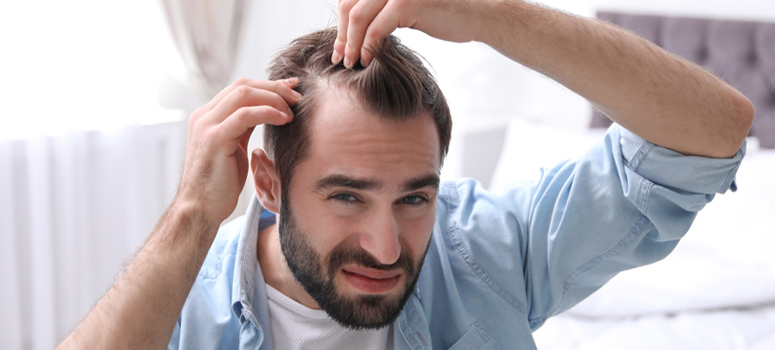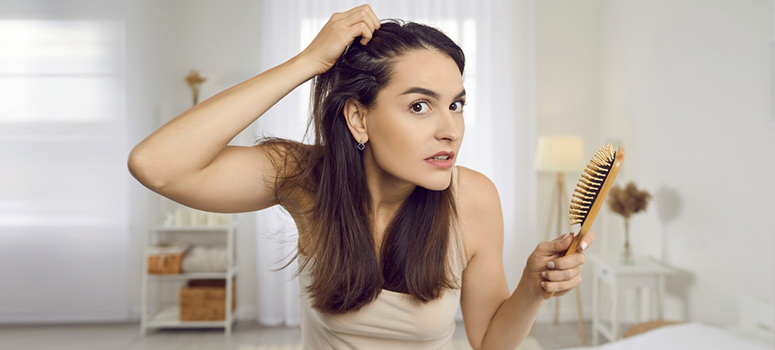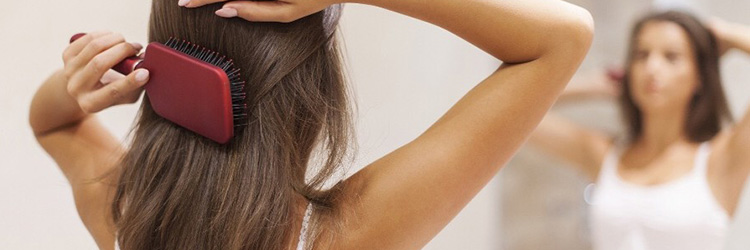Androgenetic Alopecia, or AGA, is a type of hair loss disorder that involves the shrinking of hair follicles. It is quite common amongst those who are over 50 years of age, but some people may experience it before age 35. About 80% of males and 50% of females are affected by this disorder due to stress and hormonal imbalance.
While there is no concrete cure for this problem, research suggests that platelet-rich plasma or PRP therapy may help restore hair growth. This relatively new technique stimulates hair growth by improving the hair density and diameter to promote thickness.
If you are looking to fight hair thinning, this procedure might just work for you. In this blog, we will discuss how PRP therapy can help treat male pattern baldness.
How Does PRP Hair Loss Treatment Work?
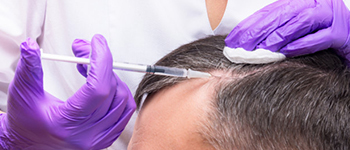
In this case, the blood sample is extracted and then processed in a centrifuge machine, which spins extremely fast. This rapid spin separates the blood components, following which the platelets are extracted to be injected into the patient.
PRP works by speeding up the tissue repair mechanism using certain proteins and growth factors. Before following this procedure, the researchers first analyze whether PRP will regrow hair by reversing the process that causes androgenetic alopecia.
The entire process takes almost an hour to complete. Besides, several sessions are to be conducted depending on the unique needs of the patient. After the procedure, you can resume normal activities without any restrictions.
Who Is a Good Candidate for PRP Hair Transplant?
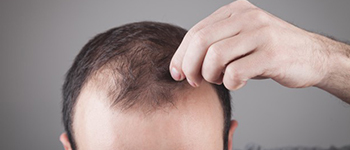
Below are the potential candidates for a PRP hair transplant:
- Those in the early phases of hair loss.
- Those with weak quality areas of hair growth in the scalp wherein hair follicles can be considered.
- Those with small patches of alopecia areata.
- Those who are healthy and not suffering from diabetes, liver issues, blood disorders, and skin-related issues.
Talking to a hair loss expert or dermatologist will help you understand whether this treatment is the right fit for you.
How Effective Is the PRP Treatment?
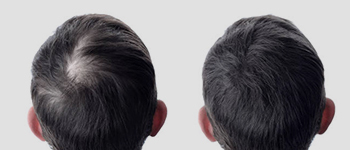
PRP is often believed to be a promising treatment for hair loss and thinning. A study conducted in 2019 reported that PRP treatment-induced hair regrowth in candidates with androgenetic alopecia and alopecia areata.
However, a majority of the research also has limitations like low sample size and quality of research, making the treatment controversial. Its effectiveness can vary based on session intervals, preparations, injections used to administer PRP, etc. Therefore, it is a bit challenging to conclude whether the treatment is effective or not.
Is PRP Treatment the Permanent Solution to Hair Loss?

Side Effects of PRP
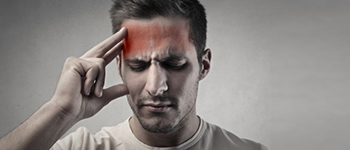
However, the primary negative effects of the treatment come from the injection itself, which include:
- Nerve injuries
- Tissue damage
- Infection
- Pain at the area of treatment
- Swelling
- Itching
- Headache
- Scalp tenderness
It is advised to make an appointment with a qualified dermatologist and discuss all these risks at the onset of the treatment. You can also ask your doctor for effective ways to reduce these side effects should you choose to go ahead with PRP.
Hair Care Tips to Prevent Hair Loss
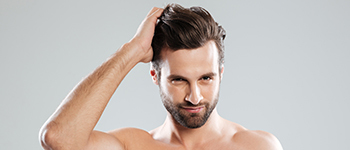
- Diet

hair loss.
Moreover, foods rich in vitamin A and protein also
combat hair loss and thinning by keeping your hair healthy and strong. Biotin-rich foods such as eggs, mushrooms, and almonds should also be incorporated into your diet.
- Supplements

Supplements like multivitamins promote cell turnover, thus keeping hair healthy. Vitamin D is said to boost hair regrowth, especially if you suffer from a deficiency. Biotin is another vital supplement that helps synthesise fatty acids into the body, which maintains the hair life cycle.
- Hair Care
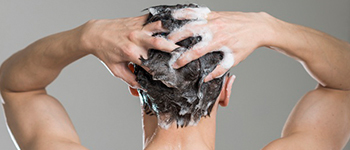
Massaging your hair and scalp with coconut oil also keeps your hair healthy and thick. Coconut oil contains lauric acid, which penetrates deep into your hair shaft and prevents breakage.
- Yoga
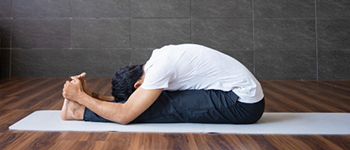
Conclusion
PRP or platelet-rich plasma treatment can be beneficial for men and women with hair loss. It is not a permanent solution to get fuller hair as you still need one or two sittings a year to maintain hair regrowth. However, you may get satisfactory results if the procedure is conducted with complete care.

